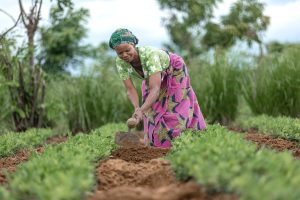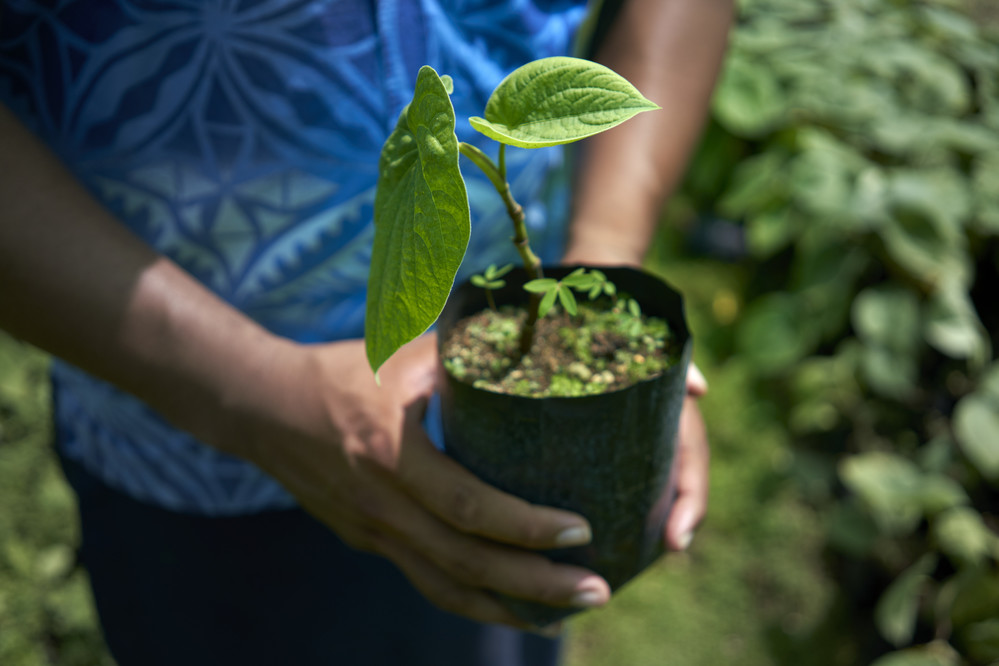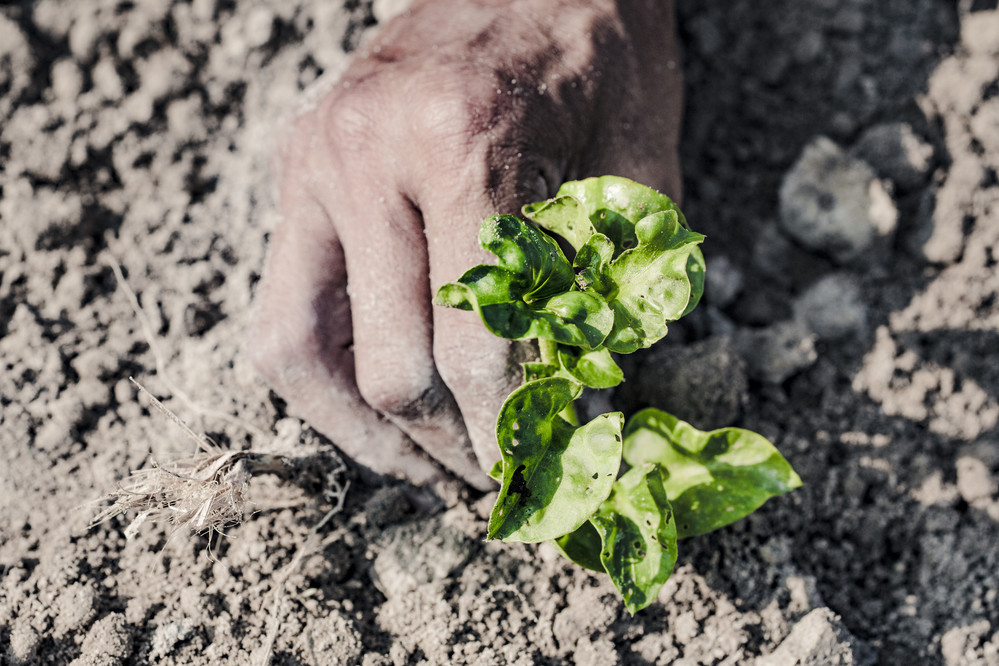On 28 March 2024, practitioners from across the agriculture and finance sectors convened at a learning session to discuss how major donors can best spend their limited aid funds for agricultural finance. This event, session 2 of a three-part series, was jointly hosted by the Smallholder and Agri-SME Finance and Investment Network (SAFIN), the Global Donor Platform for Rural Development (GDPRD) and the Marketlinks initiative of the U.S. Agency for International Development (USAID).

© IFAD/ Kondwani Jere 2024
Official Development Assistance from donor countries towards the agriculture sector has remained stagnant at about 5% of their total aid since 2017. Donors must use innovative approaches, like blending their concessional funds with commercial capital, to generate a higher impact on the performance of agricultural enterprises and the farmers they serve. Representatives of three major donors — Switzerland, the United Kingdom and the United States of America — explored different considerations that affect how they deliver financing for the sector at the event. Three key takeaways emerged from the discussion.
1. The political economy and agri-finance
The global politics of the day have a direct influence on decision-making processes, funding and budget allocations for many institutions. Donors, in particular, must consider the political and economic motivations of different stakeholders in the agri-finance space before setting funding objectives and making investment decisions. In recent years, some donors have increasingly shifted from providing grant aid towards investing public funds to achieve development impact in agriculture. For the Swiss Agency for Development and Cooperation (SDC), its growing agricultural investment portfolio was partially informed by a political decision made years ago to further engage the private sector in addressing development challenges in specific contexts.
2. Attracting commercial capital to rural clients who need it the most
Making blended finance transactions work for agricultural enterprises and small-scale farmers often involves a considerable dilemma. Some donors have a mandate to reach the most vulnerable, who often live in rural or fragile contexts, while private investors tend to prefer areas with thriving commercial activities. Given the long-term nature of agriculture, donors should not target all private lenders, but rather those that offer longer-term capital and balance the need for financial returns with social impact. The UK Foreign, Commonwealth & Development Office (FCDO) is currently exploring ways to unlock capital from domestic financial institutions that already operate in such areas and provide long-term loans at market rates. However, there is a need for greater transparency on the development impact of blended instruments, which often have less stringent reporting requirements than fully grant-funded activities.
3. Countering misalignment with coordination
With the fragmented nature of the agricultural finance sector, donors may be prone to financing the same investment funds or enterprises, which can cause duplication. There is a need for greater visibility of the ongoing investments made by other donors, philanthropic organizations and private investors to address this. Donors should also carefully consider whether new investment funds are necessary for the sector or if new funding can be provided to expand the operations of existing funds targeting farmers and agricultural enterprises. This work should also be done internally. FCDO, for example, conducts regular reviews of its commercial agricultural portfolio to ensure that its funds are used effectively and are not duplicated.

